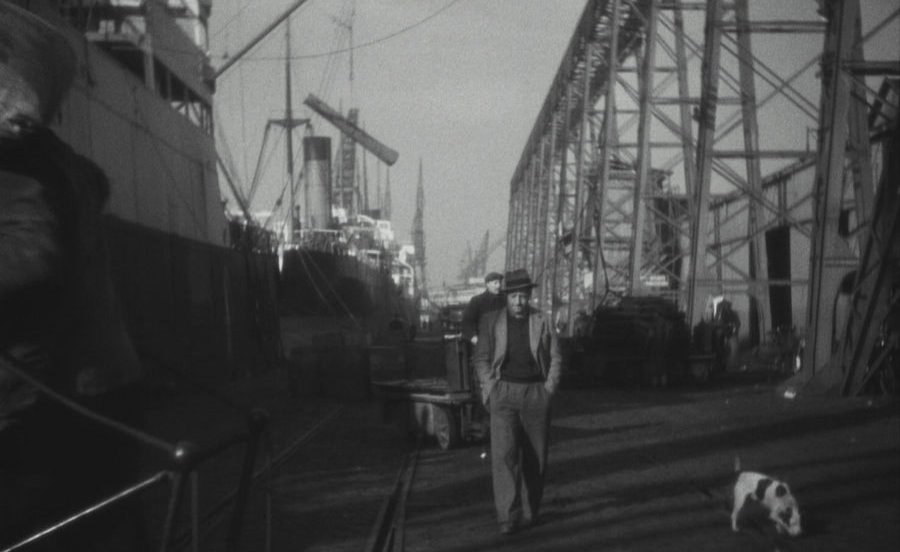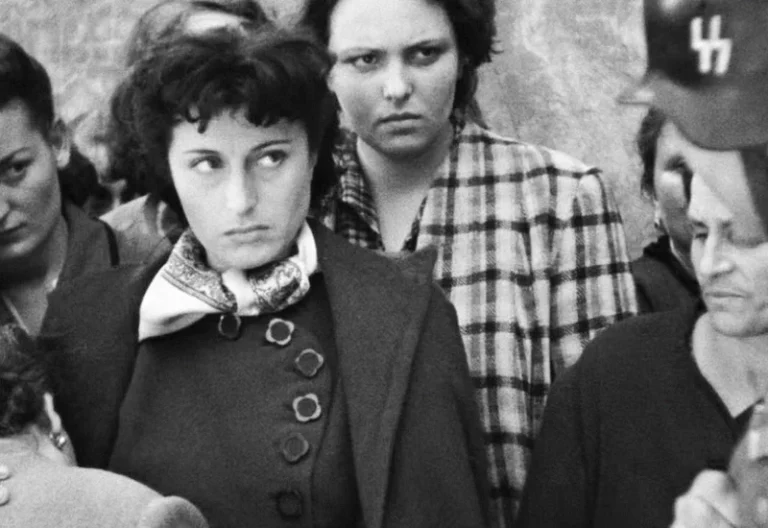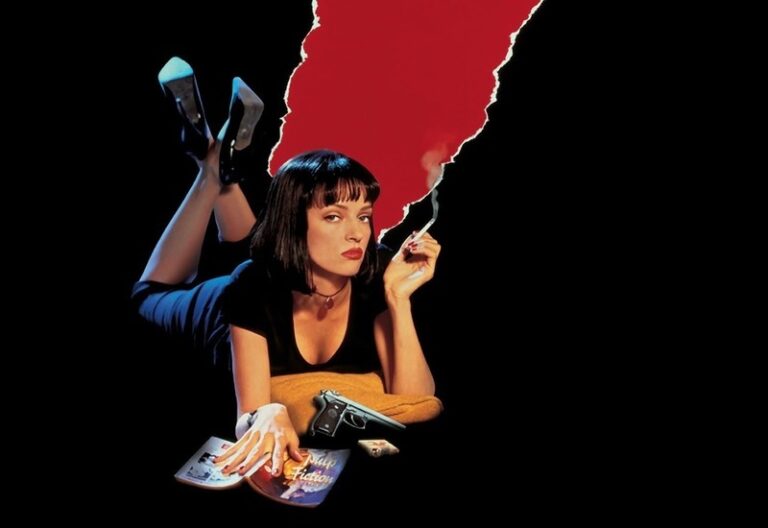poetic realism
est. 1930 – 1940s
French cinema has a rich and illustrious history, marked by various film movements and periods that have left a lasting mark on the global cinematic landscape. Among these movements, one stands out for its unique blend of realism and poetic sensibility – Poetic Realism.
Published by: CinemaWaves Team | Filed Under: Film Movements
Origins of Poetic Realism
Emerging in the 1930s, Poetic Realism was a distinctive style in French cinema that aimed to capture the complexities of human existence through a fusion of lyrical storytelling, with a deep commitment to the social and political realities of its time. The origins of the movement can be traced to the period between the two World Wars. France, like many other European nations, was grappling with the scars left by the war, economic hardship, and a sense of disillusionment. In response to these challenges, filmmakers pursued creating works that were socially relevant and emotionally resonant.
In literature, Poetic Realism drew from 19th-century French Realism, which focused on the depiction of everyday life. However, Poetic Realism diverged by infusing these realistic portrayals with a sense of poetic beauty and emotional depth. Key literary figures associated with this movement include authors like Emile Zola, whose naturalistic style provided a foundation, and later writers like Marcel Pagnol, who imbued their stories with a more pronounced lyrical quality. Filmmakers were inspired to blend the harshness of reality with a poetic narrative style, creating a unique cinematic language that captured the human spirit’s resilience and the inherent beauty in life’s struggles.
The historical context of the Popular Front government, which came to power in France in 1936, also had an impact on the movement’s development. The Popular Front was a left-wing coalition that wanted to address the needs of the working class and resist the rise of fascism. Though short-lived, the political climate under the Popular Front fostered an environment where socially conscious filmmakers could thrive. As a result, Poetic Realism flourished during this time, becoming a cinematic expression of the era’s political and economic struggles, while also touching on universal themes of longing, isolation, and the fleeting nature of happiness.

Characteristics of Poetic Realism
Poetic Realism is defined by its unique blend of gritty realism and lyrical, often melancholic, cinematic style. One of its key characteristics is the focus on working-class characters. The films often portray ordinary people trapped in difficult social and economic circumstances, grappling with themes like poverty, disillusionment, and the inevitability of fate. Despite tough realities these characters face, there is a romantic or nostalgic undertone that elevates their stories beyond mere social commentary, adding a dreamlike or tragic quality.
Visually, Poetic Realism is known for its moody, atmospheric cinematography that contrasts dark, shadowy settings with moments of striking beauty. This style draws from the traditions of French impressionist cinema, using expressive lighting, carefully composed frames, and chiaroscuro lighting (low and high-contrast lighting, which creates areas of light and dark in films). Many scenes are set in dimly lit streets, cafés, and urban landscapes, contributing to the sense of isolation that permeates the films. These visual techniques create a world that feels both grounded in reality and tinged with a sense of inevitable sorrow.
Another key feature of Poetic Realism is its narrative structure, which centers on doomed romances and characters who are unable to escape their tragic destinies. The stories involve outcasts, criminals, or marginalized individuals who are yearning for love, redemption, or a better life. However, their efforts are thwarted by societal forces or personal failings, leading to bittersweet or tragic conclusions.


Important Poetic Realism Films and
Directors
At the heart of the Poetic Realism movement were visionary filmmakers and screenwriters. Among them, Jean Vigo’s “L’Atalante” (1934) is widely regarded as a masterpiece and one of the first films of Poetic Realism. The film follows the story of newlyweds Jean and Juliette as they embark on their honeymoon aboard the barge L’Atalante, along with the eccentric and passionate captain Pere Jules. It is celebrated for its lyrical storytelling, atmospheric visuals, and emotional depth, making it a significant work in the history of French cinema.
Jean Renoir, renowned for his seminal works like “The Rules of the Game” (1939) and “Grand Illusion” (1937), both of which are often cited as two of the greatest films ever made, celebrated for their exploration of human nature. As the son of the famous Impressionist painter Pierre-Auguste Renoir, Jean inherited an artistic sensibility that deeply influenced his cinematic vision. His unique approach intertwined the threads of realism and poetic sensibility, resulting in films that examined the intricacies of human connections and the nuances of social classes.
The collaboration of director Marcel Carne and screenwriter Jacques Prevert resulted in iconic films such as “Daybreak“ (1939) and “Children of Paradise” (1945). These works epitomized the essence of Poetic Realism, blending romance, social commentary, and moral ambiguity to create emotionally resonant stories.

Legacy of poetic realism
By blending realism with elements of poetry, romanticism, and moral ambiguity, Poetic Realism developed a cinematic language that remains relevant even to this day. At the heart of this movement were directors and screenwriters like Jean Renoir, Marcel Carne, Jacques Prevert, and actors such as Jean Gabin, whose collaborations produced some of the era’s most enduring works. Renoir’s “Toni” (1935), for example, is widely considered a major precursor to Italian Neorealism, with its authentic depictions of the working class, use of non-professional actors, and emphasis on on-location shooting.
Furthermore, Poetic Realism’s impact reached far beyond its immediate historical context, notably influencing the rise of film noir in the 1940s and 1950s. Noir filmmakers drew heavily from the movement’s exploration of complex characters, and fatalistic narratives, while adopting its atmospheric cinematography to craft the shadowy, moody visuals for which the genre is known. Themes of despair, love, and the struggle against inevitable fate, central to Poetic Realism, were carried over and transformed into the dark, suspenseful worlds that define noir classics. This cross-genre influence underscores the lasting legacy of Poetic Realism, which not only shaped European arthouse cinema but also left a significant mark on Hollywood and global filmmaking.
Refer to the Listed Films for the recommended works associated with the movement. Also, check out the rest of the Film Movements on our website.
Film noir emerged in the early 1940s as a distinctive style within American cinema, marked by its dark, moody aesthetics and cynical narratives. The term “film noir” meaning…
German Expressionism stands out as one of the most distinctive styles in the era of silent film. Expressionism, as an artistic movement, originally emerged in poetry…
In the aftermath of World War II, Italy was a country in ruins, both physically and economically. Amidst the rubble and despair, a group of visionary filmmakers arose to…
Auteur theory is a critical framework in film studies that views the director as the primary creative force behind a film, often likened to an “author” of a book. This theory suggests…
Neo noir is a contemporary style that draws from the classic film noir genre from the 1940s and 1950s. Classic film noir became known post-World War II, characterized by…
Postmodernist film emerged in the latter half of the 20th century, rooted in the broader cultural and philosophical movement of postmodernism. It started as a reaction…






